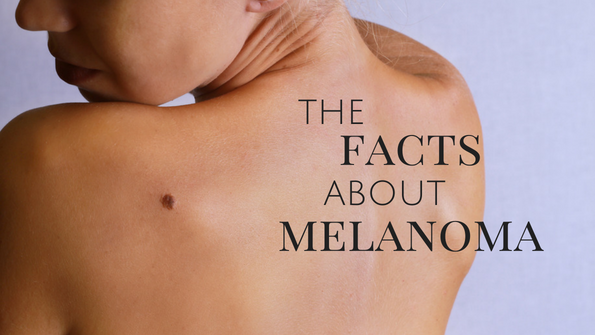|
Author: Jessica Rubino
It’s not intuitive, but even though awareness about the dangers of sun has increased, so have melanoma rates. Melanoma is the deadliest form of skin cancer and, according to estimates, there will be between 91,270 to 178,560 cases diagnosed in the U.S. this year, which represents a steady increase over the past two decades. But there is a silver lining, according to dermatologist Sonoa Au, MD, who suggests two of the reasons for this rise are greater awareness and broader access to health care. “Although there is an increase in melanomas found, many are found at an earlier, curable stage,” says Au. Indeed, research from the Icahn School of Medicine at Mount Sinai in New York City, which tracked melanoma trends starting in 2009, found that the increase in diagnosis of early-stage melanoma occurred most rapidly (which, as Au pointed out, could be a good thing because you’re catching it early). Even so, melanoma-related deaths rose by about 1.5 percent annually, the same research showed. The takeaway: Both regular checkups and consistent sun-safety measures are more necessary than ever. Check yourself—and get checked Being familiar and in tune with your body is key to maintaining optimal health—and even more critical when it comes to moles and sunspots. “Everyone should do self-checks at least every four to six months,” says dermatologist Hirshel Kahn, MD. He recommends seeing a dermatologist annually for a formal checkup. The rise of melanoma Various interpretations of the data can lead to different conclusions about why we are seeing so many new cases in the U.S. today. But when we track the rise of the disease, it’s clear that despite an increase in knowledge and information, the American lifestyle has left us more susceptible to UV-triggered diseases, such as melanoma. “Starting in the 1920s, the tanned look became more socially attractive; in the 1950s, reflectors were used to speed up the tanning process; in the 1960s, slathering on cocoa butter became a popular way of getting a tan; and in the mid-1970s, tanning beds became popular,” says Hirshel Kahn, MD, a dermatologist based in New York City. Research shows that people who use a tanning bed regularly before age 35 are 75 percent more likely to get melanoma. Ironically, he adds, in our society a tanned look represents “health, relaxation and pleasure,” despite the results being quite the opposite. Today, while experts tout the importance of safe sun care, these decades-long expectations and habits are very much baked into daily routines, making it hard to break free of certain behaviors tied to melanoma. Protect yourself Although the general recommendations are not new, thoughts about the level of diligence required to keep skin truly safe from the sun have evolved (for example, applying sunscreen every single day despite lifestyle or location). Luckily, innovations such as sun-protective clothing and highly effective broad-spectrum mineral sunscreens provide the tools to stave off harmful rays. “Complete-block sunscreens containing zinc oxide or titanium dioxide are now available in more cosmetically elegant vehicles—so they don’t appear as white and opaque,” says Kahn. And although sun may be the worst offender, findings link other unhealthy lifestyle habits to melanoma risk. A study published in Cancer Epidemiology, Biomarkers & Preventionfound that alcohol intake was associated with higher rates of invasive melanoma among white men and women. White wine, specifically, was the culprit, with the study linking a frequent daily glass with a 13 percent increased risk of melanoma. Other risk factors include smoking and a depleted immune system, emphasizing the importance of living an overall healthy lifestyle—even beyond conscientious sun care—to lessen your risk. Look for mineral-based sun protection with zinc oxide, such as Dermaceuticals Sun Shield Stick SPF 50 Tinted or Babo Botanicals SPF 40 Daily Sheer Sunscreen Extra Sensitive For Face.
0 Comments
Your comment will be posted after it is approved.
Leave a Reply. |
Archives
May 2022
|

 RSS Feed
RSS Feed